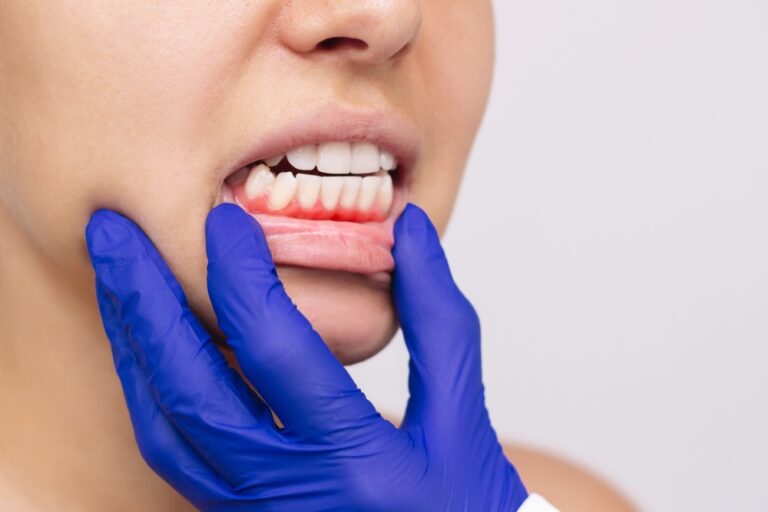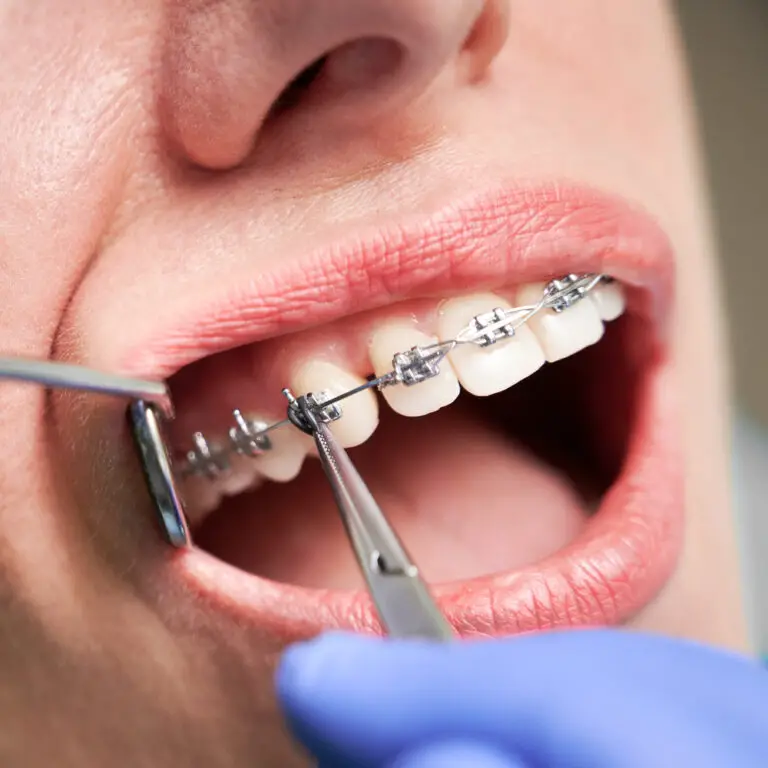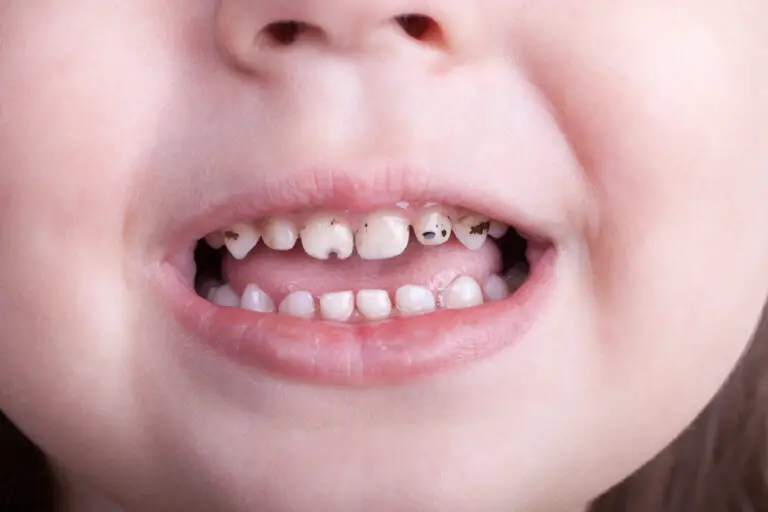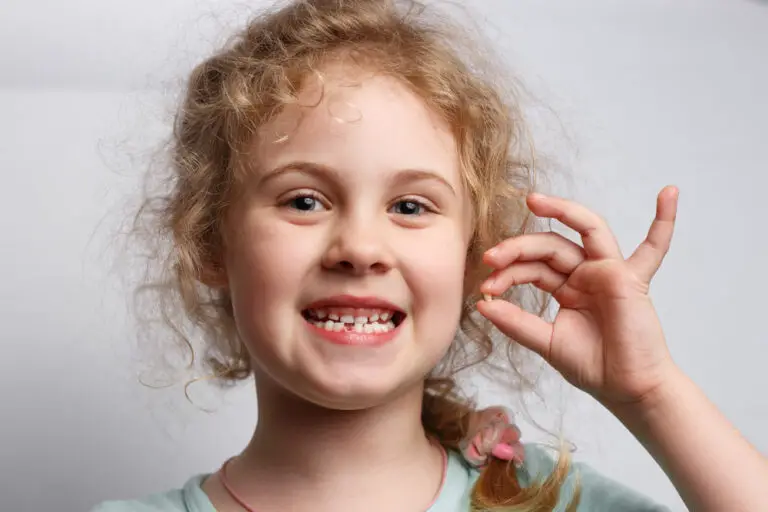Teeth are complex structures made up of various tissues including enamel, dentin, pulp and cementum. Unlike some tissues in the body, teeth do not have the ability to naturally regenerate themselves once damaged or lost. However, researchers are making progress in understanding natural tooth regeneration and developing ways to induce regeneration artificially.
Tooth structure and composition
Human adult teeth consist of multiple tissues that work together to provide structure, sensation and nourishment.
Enamel
Enamel forms the hard, protective outer covering of the tooth crown. It is composed almost entirely of crystalline calcium phosphate mineral known as hydroxyapatite. Enamel lacks living cells and is unable to regenerate itself once damaged.
Dentin
Dentin makes up the bulk of each tooth. It is a bone-like tissue located beneath the enamel and around the inner pulp. Dentin contains tiny tubules that allow for sensation. It is produced throughout life by odontoblasts, specialized cells located along the inner surface adjacent to the pulp.
Pulp
The pulp is the innermost portion containing blood vessels, nerves and connective tissue. Odontoblasts lining the pulp form dentin. The pulp provides nourishment and sensory function.
Cementum
Cementum is the bone-like tissue covering the dentin root surfaces. It anchors the tooth roots to the jawbone via the periodontal ligament. Cementum is produced by cementoblasts and can regenerate to a limited extent.
Periodontal ligament
The periodontal ligament connects the cementum to the jawbone alveolar bone socket. It provides sensory feedback and allows the tooth to withstand chewing forces.
Natural tooth regeneration ability
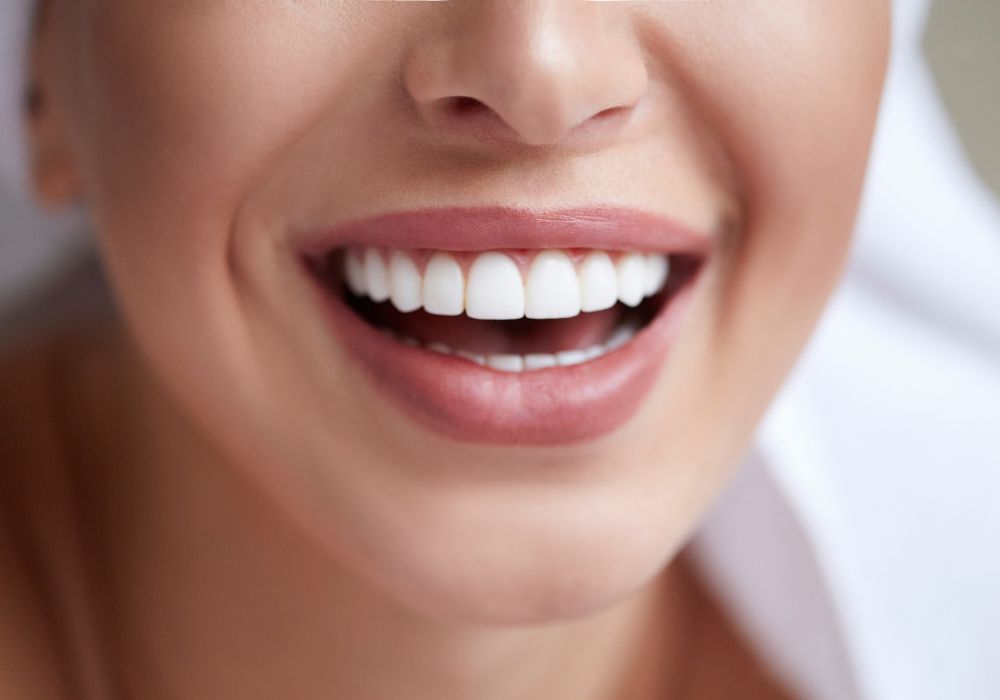
Human teeth have very limited natural regenerative potential. Only the pulp and cementum can regenerate to an extent.
Enamel
Enamel cannot regenerate once damaged due to the absence of living cells. Early tooth decay appears as tiny spots or lines in the enamel from demineralization. Enamel erosion and cavities require restoration with dental fillings.
Dentin
Dentin has some ability to regenerate by producing reparative or tertiary dentin in response to decay or trauma. However, the amount and quality is poor compared to primary dentin formed during tooth development.
Pulp
The pulp can regenerate new odontoblasts to produce dentin. However, extensive damage often requires root canal treatment.
Cementum
Cementum demonstrates the greatest natural regenerative capacity. Cellular cementum located closest to the root apex continuously regenerates throughout life. This helps compensate for attrition and maintain attachment as the roots become exposed with age.
Tooth regeneration in other organisms
Some animals can repeatedly regenerate teeth over their lifespan. Understanding these natural models of regeneration can help guide efforts to induce tooth renewal in humans.
Sharks
Sharks continuously replace their teeth throughout life. They can grow tens of thousands of teeth in spiral conveyor belt-like rows. When one tooth falls out, another moves forward to take its place.
Crocodilians
Crocodiles and alligators can go through at least 50 sets of teeth over a lifespan of 35-75 years. Their teeth are located in sockets called alveoli that contain dental stem cells needed for continuous regeneration.
Approaches to induce tooth regeneration

Current approaches to regrowing teeth aim to activate genes and signaling pathways involved in natural tooth development.
Stem cell therapy
Stem cells derived from teeth or other oral tissues can be combined with scaffolding materials to generate tooth structures. Dental pulp stem cells, periodontal ligament stem cells and stem cells from human exfoliated deciduous teeth show potential for tooth regeneration.
Tissue engineering
Bioengineered tooth buds can be transplanted to generate a biological tooth root and crown. Tooth buds are made using stem cells and biomaterials shaped like a natural tooth germ. Once implanted, they develop into a functional tooth by merging with the native tissues.
Gene therapy
Expressing genes involved in tooth growth such as those in the Wnt, BMP, FGF and Shh signaling pathways may help jumpstart regeneration. Researchers have had success regenerating mouse teeth by activating Wnt signaling.
Drug therapy
Small molecule drugs targeting relevant signaling pathways could trigger natural tooth renewal. For example, some studies show the osteoporosis drug parathyroid hormone (PTH) applied locally can help regrow teeth after injury.
Challenges and future outlook
While total natural tooth regeneration is not yet possible in humans, ongoing research brings hope. Challenges include replicating the complex tooth morphology, achieving proper structure and function, and integrating regrown teeth with surrounding tissues. If the biological hurdles can be overcome, regenerative therapy would transform dentistry and eliminate tooth loss. Exciting advances are on the horizon as scientists unravel the secrets of natural tooth renewal.
Frequently Asked Questions
What part of a tooth can regenerate?
Only a few tooth tissues have limited regenerative abilities. The inner pulp tissue can regenerate new odontoblast cells to produce small amounts of reparative dentin in response to injury. The cementum covering the tooth roots also demonstrates some continuous regenerative capacity over a lifetime. However, the main structural components of enamel and dentin cannot regenerate.
Do human teeth ever regenerate?
No, human teeth do not have the intrinsic ability to fully regenerate. Permanent teeth cannot regrow themselves after being lost or damaged. However, researchers are investigating ways to artificially spur regeneration by activating genes and signaling pathways involved in natural tooth development.
Can decayed teeth heal themselves?
Decayed teeth cannot heal themselves, but the inner pulp tissue may try to protect itself by generating a small amount of new dentin. This reparative or tertiary dentin is produced by odontoblasts lining the pulp in response to infection. However, it is insufficient to stop the decay, which requires restoration by dental fillings.
What animals can regrow teeth?
Certain animals like sharks and reptiles can repeatedly regenerate teeth throughout life. Sharks grow teeth in conveyor belt-like rows, so a new one takes the place of any that falls out. Crocodilians can replace their teeth 50 times or more over a lifespan of several decades. Studying these natural models of continuous tooth renewal inspires new approaches for tooth regeneration in humans.
Will scientists ever be able to regrow teeth?
Advances in stem cell therapy, tissue engineering and molecular biology make scientists optimistic that tooth regeneration will eventually be possible. Bioengineered tooth bud transplants and activating signaling pathways involved in tooth development already show promising results regrowing teeth in animal models. Although significant hurdles remain, there is hope that replicating natural tooth renewal in humans is within reach.

